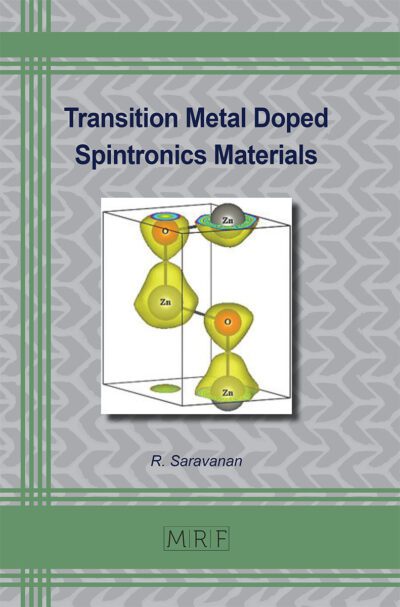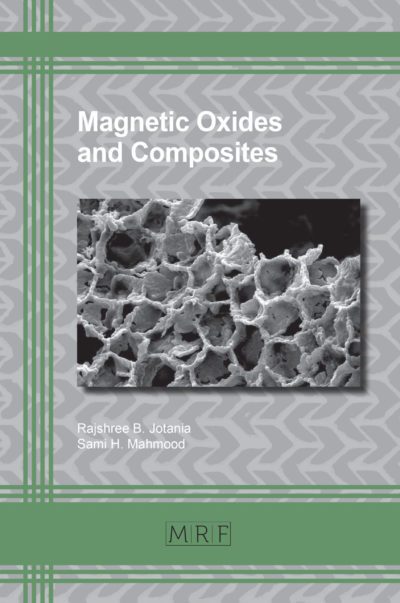Comparative analysis of microstructure evolution and magnetic properties in strip-cast vs. Conventionally produced non-grain-oriented electrical steel
Dorothea Czempas, Sebastian Häner, Max Müller, David Bailly, Emad Scharifi
Abstract. Non-grain-oriented electrical steels are essential for motors and generators, requiring high magnetic induction and low iron losses. Magnetic properties are influenced by grain size, texture, thickness, and alloying content. Twin-roll casting (TRC) efficiently produces FeSi alloys as near-net strips, eliminating hot rolling and reducing costs, emissions, and energy. Despite its economic and magnetic advantages, understanding TRC’s impact on microstructure and processing into electrical steel remains limited. This study investigates the microstructural evolution and magnetic properties of a Fe–2.9Si–1.35Al alloy processed via TRC (1.6 mm thickness) and further refined through warm rolling, cold rolling, and annealing to produce 0.27 mm NGO steel. Results, including Electron Backscatter Diffraction analysis and single-sheet testing, are compared to conventionally processed hot-strip material. Findings show that TRC with proper processing adjustments enables the production of magnetic properties comparable to industrial materials, though differences arise from grain morphology and texture. Key findings: TRC material exhibits better polarization due to its favorable texture; Loss performance is inferior, likely due to inhomogeneous grain size distribution.
Keywords
Twin-Roll Casting, Non-Oriented Electrical Steel, Magnetic Properties, Microstructure
Published online 5/7/2025, 10 pages
Copyright © 2025 by the author(s)
Published under license by Materials Research Forum LLC., Millersville PA, USA
Citation: Dorothea Czempas, Sebastian Häner, Max Müller, David Bailly, Emad Scharifi, Comparative analysis of microstructure evolution and magnetic properties in strip-cast vs. Conventionally produced non-grain-oriented electrical steel, Materials Research Proceedings, Vol. 54, pp 2464-2473, 2025
DOI: https://doi.org/10.21741/9781644903599-266
The article was published as article 266 of the book Material Forming
![]() Content from this work may be used under the terms of the Creative Commons Attribution 3.0 license. Any further distribution of this work must maintain attribution to the author(s) and the title of the work, journal citation and DOI.
Content from this work may be used under the terms of the Creative Commons Attribution 3.0 license. Any further distribution of this work must maintain attribution to the author(s) and the title of the work, journal citation and DOI.
References
[1] M. Ferry, Direct strip casting of metals and alloys: Processing, microstructure and properties, 1. Aufl. (Woodhead publishing in materials). Boca Raton, Fla., Cambridge: CRC Press; Woodhead, 2006
[2] M. Müller, D. Bailly und G. Hirt, “Microstructure Evolution and Magnetic Properties of a 4.5 wt% Silicon Steel Produced by Twin‐Roll Casting,” steel research int., Jg. 93, Nr. 11, 2022, Art. Nr. 2200554. https://doi.org/10.1002/srin.202200554
[3] H. Jiao et al., “Significant effect of as-cast microstructure on texture evolution and magnetic properties of strip cast non-oriented silicon steel,” Journal of Materials Science & Technology, Jg. 34, Nr. 12, S. 2472–2479, 2018. https://doi.org/10.1016/j.jmst.2018.05.007
[4] M. Gallaugher, P. Ghosh, A. M. Knight und R. R. Chromik, “The effect of easy axis misorientation on the low induction hysteresis properties of non-oriented electrical steels,” Journal of Magnetism and Magnetic Materials, Jg. 382, S. 124–133, 2015. https://doi.org/10.1016/j.jmmm.2015.01.067
[5] L. Kestens und S. Jacobs, “Texture Control During the Manufacturing of Nonoriented Electrical Steels,” Texture, Stress, and Microstructure, Jg. 2008, S. 1–9, 2008. https://doi.org/10.1155/2008/173083
[6] M. Mehdi, Y. He, E. J. Hilinski, L. A. Kestens und A. Edrisy, “The evolution of cube ({001}<100>) texture in non-oriented electrical steel,” Acta Materialia, Jg. 185, S. 540–554, 2020. https://doi.org/10.1016/j.actamat.2019.12.024
[7] Y. H. Sha et al., “Strong cube recrystallization texture in silicon steel by twin-roll casting process,” Acta Materialia, Jg. 76, S. 106–117, 2014. https://doi.org/10.1016/j.actamat.2014.05.020.
[8] E. Stephenson und A. Marder, “The effects of grain size on the core loss and permeability of motor lamination steel,” IEEE Trans. Magn., Jg. 22, Nr. 2, S. 101–106, 1986. https://doi.org/10.1109/tmag.1986.1064281
[9] N. Leuning, S. Steentjes und K. Hameyer, “Effect of grain size and magnetic texture on iron-loss components in NO electrical steel at different frequencies,” Journal of Magnetism and Magnetic Materials, Jg. 469, S. 373–382, 2019. https://doi.org/10.1016/j.jmmm.2018.07.073
[10] H. Jiao et al., “Role of Hot Rolling in Microstructure and Texture Development of Strip Cast Non-Oriented Electrical Steel,” Metals, Jg. 12, Nr. 2, S. 354, 2022. https://doi.org/10.3390/met12020354
[11] M. Daamen, B. Wietbrock, S. Richter und G. Hirt, “Strip Casting of a High‐Manganese Steel (FeMn22C0.6) Compared with a Process Chain Consisting of Ingot Casting and Hot Forming,” steel research int., Jg. 82, Nr. 1, S. 70–75, 2011. https://doi.org/10.1002/srin.201000267
[12] DIN EN ISO 643:2020-06, Stahl_- Mikrophotographische Bestimmung der erkennbaren Korngröße (ISO_643:2019, korrigierte Fassung 2020-03); Deutsche Fassung ISO_643:2020, Berlin
[13] H. Takatani, C.-A. Gandin und M. Rappaz, “EBSD characterisation and modelling of columnar dendritic grains growing in the presence of fluid flow,” Acta Materialia, Jg. 48, Nr. 3, S. 675–688, 2000. https://doi.org/10.1016/S1359-6454(99)00413-9
[14] M. L. Lobanov, G. M. Rusakov, A. A. Redikul’tsev, M. S. Karabanalov und L. V. Lobanova, “Shear bands in Fe-3% Si-0.5% Cu alloy,” Steel Transl., Jg. 41, Nr. 7, S. 559–564, 2011. https://doi.org/10.3103/S0967091211070060
[15] S. C. Da Paolinelli, M. A. Da Cunha und A. B. Cota, “The influence of shear bands on final structure and magnetic properties of 3% Si non-oriented silicon steel,” Journal of Magnetism and Magnetic Materials, Jg. 320, Nr. 20, e641-e644, 2008. https://doi.org/10.1016/j.jmmm.2008.04.050













